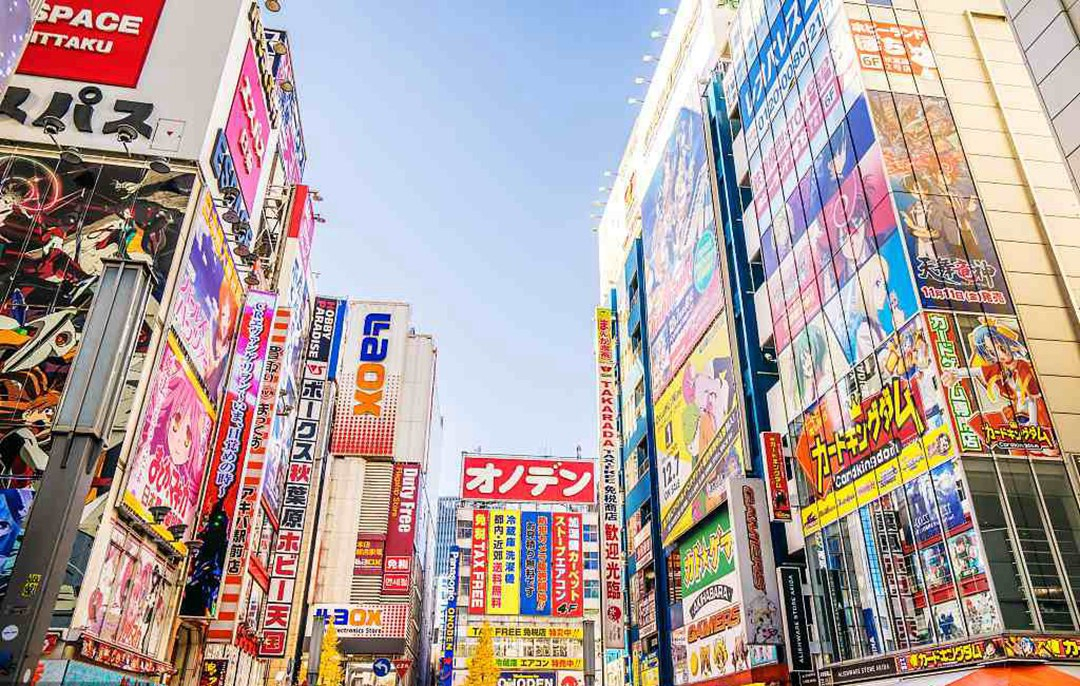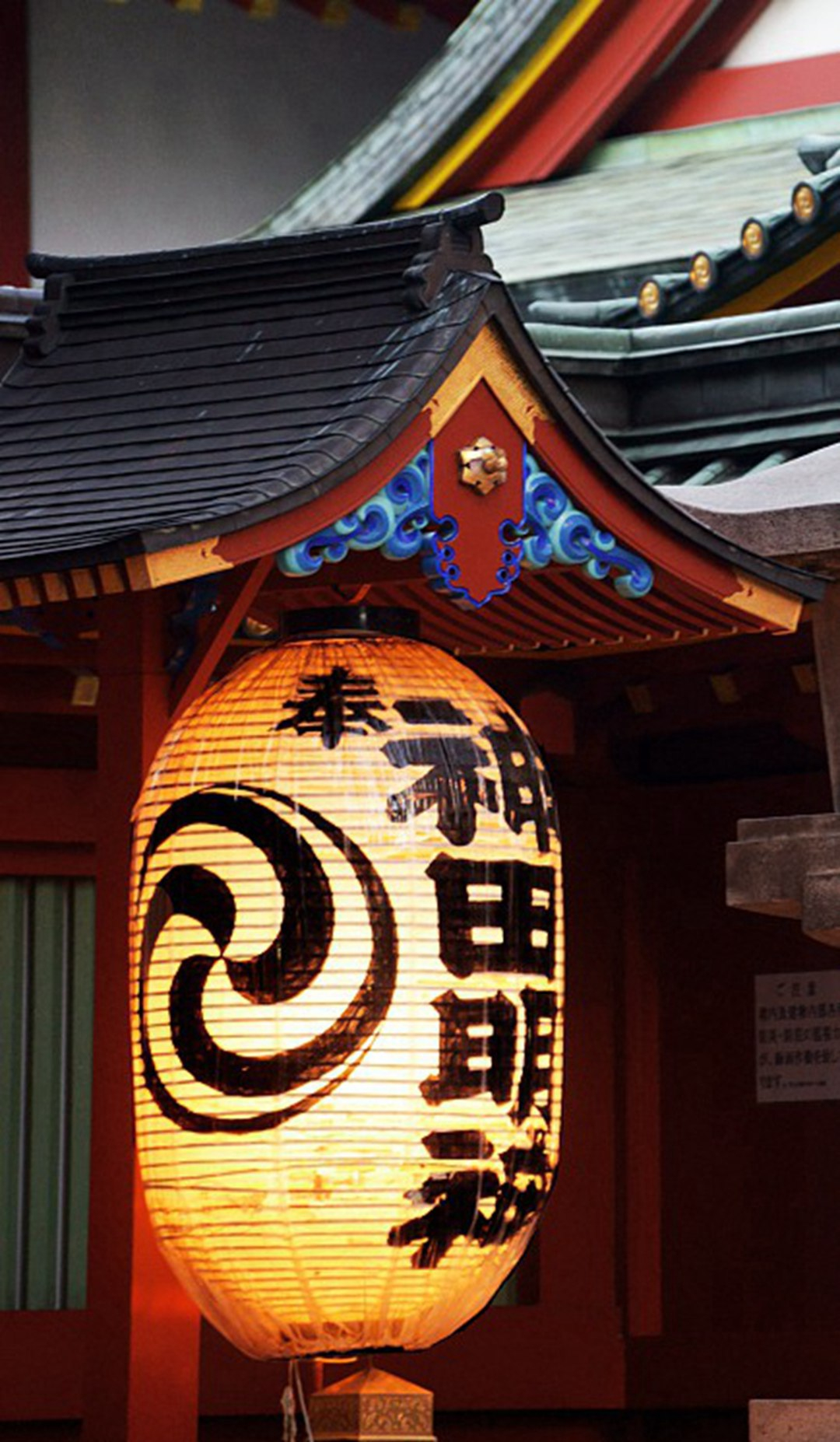
Economy
17:46, 08-Feb-2019
Banking on consumption: Japan to cash in on anime tourism
Updated
20:48, 08-Feb-2019
By CGTN’s Mayu Yoshida
02:45

The Japanese government wants to lure in 40 million visitors to Japan by 2020. Apart from the traditional appeals of food, shopping malls, and hot springs, anime and manga are playing a bigger role in attracting tourists to the country.
Japan expects inbound tourists' spending to hit eight trillion yen (72 billion U.S. dollars) next year. Anime is expected to be one of the backbones.
Anime-loving tourists like James Gurol are giving a boost to Japan's tourism dollars. Gurol's love for Japanese anime started when he was a child, and today he visits Japan at least once a year, sometimes spinning turntables at a club in Akihabara, the mecca of Otaku pop culture.

A view of the street in Akihabara. /VCG Photo
A view of the street in Akihabara. /VCG Photo
“You can easily get anime products online or use auction sites, but I think I kind of benefit from coming here. You kind of get to participate in the consumerism culture, the big store displays and lights,” Gurol said.
Meanwhile, shrines and temples are cashing in on the anime fandom.
Touring around real-life locations featured in popular comics and animated TV series is called Anime Pilgrimage. One popular pilgrimage site is one of Tokyo's oldest shrines – Kanda Myojin. It is located near Akihabara, and has more than 1,000 years of tradition.
Its bold step to open up to the new culture helped turn one of Tokyo's oldest shrines into a popular go-to place for anime enthusiasts.
“When we first started collaboration with anime, many people showed dissatisfaction. But we told them that shrines have always been a place to accept new cultures. After 100 years, anime culture could become a page of history. Now people are supportive of this idea. And we're also seeing more young visitors,” said Masanori Kishikawa, a representative of Kanda Myojin.

Lights of Kanda Myojin. /VCG Photo
Lights of Kanda Myojin. /VCG Photo
There are over 80 locations designated as pilgrimage sites. The influx of foreign visitors to those sites, particularly those from China and other Asian nations, helped put the spotlight on areas that would otherwise see few visitors.
To make anime more global-friendly so Japan can attract more visitors, some experts say creators need to reduce excessive nudity in some characters.
“I think we've reached a point that content creators need to give full consideration of expression, so more countries can air them. Especially since overseas markets, especially China and the U.S., are becoming so big for the Japanese anime industry,” noted Norimichi Suzuki, the managing director for Anime Tourism Association.

SITEMAP
Copyright © 2018 CGTN. Beijing ICP prepared NO.16065310-3
Copyright © 2018 CGTN. Beijing ICP prepared NO.16065310-3